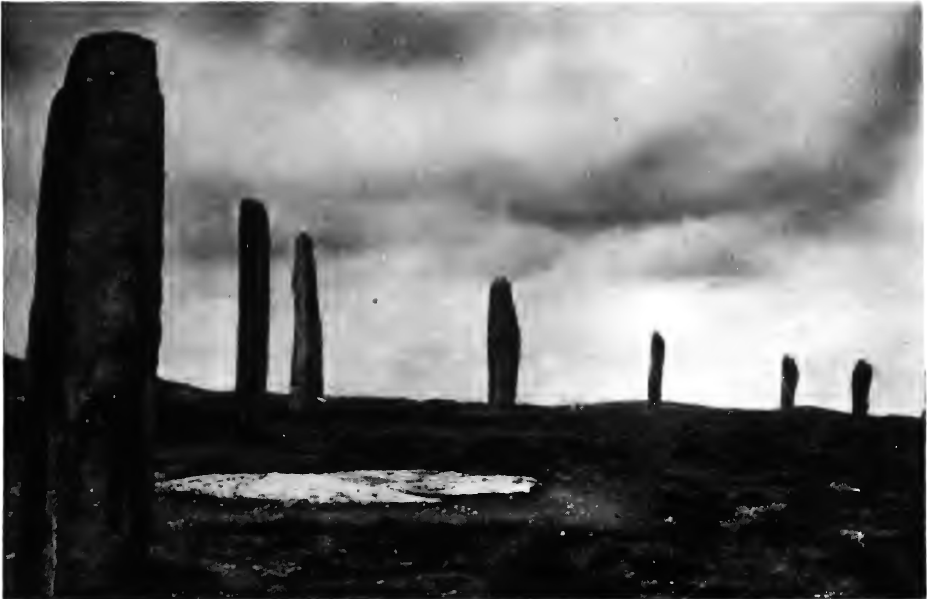<![CDATA[When we think of our Neolithic ancestors, we often think of them living in simple huts and using simple tools to hunt for food. History has been surprising us recently, however, with discoveries showing that our ancestors were smarter than we once thought. The recent discovery on the Scottish island of Orkney is cementing that fact. Researchers digging at the Ness of Brodgar have found a 5000 year old temple complex that is forcing us to rethink how the ancients lived. The Ness of Brodgar is an archaeological site that spans over 6 acres. It is part of the Heart of Neolithic Orkney, which is a World Heritage site that has several other fascinating Stone Age structues. These include: the Ring of Brodgar, which is on a small hill half a mile away from the Ness, and is a circle of stones jutting 9 feet from the ground; the Stones of Stennes, which is another ceremonial stone circle just a little further away; and the Maes Howe tomb, which is a mile away from the Ness and thought to be 4500 years old. They were all thought to have been separate and built for separate functions, but now researchers are starting to believe that they were all connected to form a community. What this community entailed and its purpose is still unknown, since only 10 percent of the site has been unearthed. What can be seen, is that the Ness seems to form the centerpiece of these monuments, even though the Ness is the last to have been discovered (the other sites have been known of for centuries). On the Ness, there have been numerous artifacts collected, such as flint knives, human figurines, mace heads, stone axes, colored pottery, and other gems that forms the largest British collection of Neolithic artifacts. Lead author of the National Geographic article in which this find is featured, Roff Smith, states that the people who built this temple were way ahead of their time. They used Stone Age technology, but yet they were able to build such a complex structure. They somehow found a way to trim tons of fine-grained sandstone and dress it to be suitable for construction of the temple. The temple was complete with paved walkways, carved stonework, colored facades and slate roofs, which contrasts the building tradition of the time of using thatch and other softer material for roofs. Smith is extremely excited about this find since it is probably the most fascinating Neolithic monument he has ever seen. Neolithic, or the New Stone Age, refers to a period of time that started about 10000 BC and ended between 4000 BC and 2000 BC. It is characterized by advanced methods in agriculture, rearing animals for food, and new ways of building tools. Smith marvels at the walls they built, and how within those walls were a cloister of buildings that had slanted slate roofs. Even the paved walkways were done to perfection, and Smith and his crew are looking to know the process by which they got the stones so smooth. ]]>
Complex 5000 Year Old Temple Found
